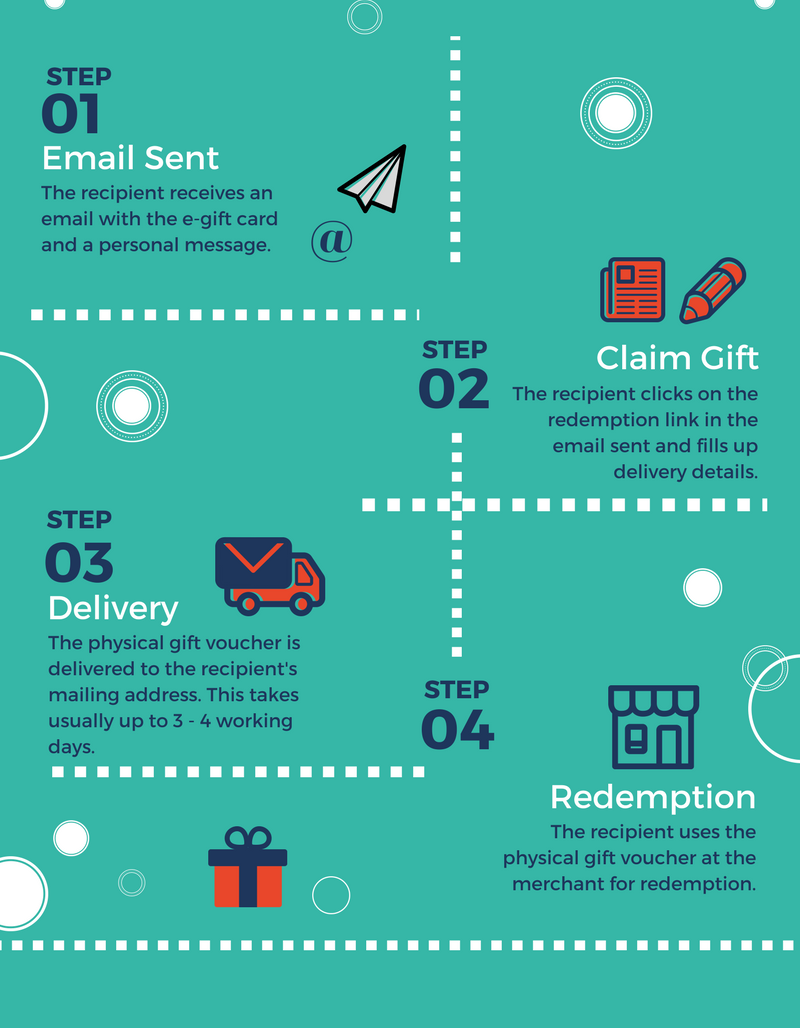Personalized glass items can share a feeling of sophistication, beauty and brand name identification. Font option plays a key function in establishing the tone of an inscription, particularly when developing company presents or landmark parties.
Modern sans-serif fonts offer a balanced visual for inscriptions that convey development or forward-thinking brand name identifications. Try pairing them with classic serifs to bring a much more imaginative panache to your designs.
1. Flared or Streaming Information
Inscribing on glass offers a variety of style choices. For rounded things, such as bottles or jars, utilizing a rotating add-on permits consistent and even etching throughout the surface. Inscribing from the within the glass enables a more subtle, ornamental appearance or perhaps a full-color paint fill.
Spirited font styles stimulate power and personal appeal, making them ideal for brands that aim to stand apart and reverberate with target markets. The overlapping, interlacing and weaving of letterforms develop a sense of movement or depth in typography that captures the audience's interest and intrigue.
Clarity is a crucial variable to take into consideration when choosing a font for glass engraving. Selecting the ideal dimension, weight and spacing permits very easy analysis at any kind of angle or range. Font style also plays a role, with script and decorative font styles providing a formal or sophisticated appearance, while transcribed font styles use a much more individual touch. Variable font styles allow developers to include a selection of designs and weights in a file, which aids keep uniformity and makes sure that the message or graphics are still readable.
2. Deformed or Altered Kind
Installing altered text within a design is an effective method to add character and make the design stand out. This style has become particularly preferred for logo designs and brief taglines, as it releases a feeling of individuality while additionally showing up contemporary and distinct.
Glass distortion is a typical problem that can occur during manufacturing, handling or setup of rounded glass panels. It can be triggered by the flat panel being rolled into a bent form, flexing the glass while warming it or during installation.
One way to reduce the occurrence of glass distortion is by utilizing a high-grade bent laser engraving device with a rotary attachment. This approach permits you to map the surface of the curved panel with a pen and afterwards gauge the distortion. Later on, you can use this information to develop proper tolerances for the curved panel. This process is time consuming, nonetheless, and would certainly be much more efficient if it could be automated.
3. Relaxed Typography
As homes and workplaces change towards minimalist aesthetics, etched glass supplies a sophisticated option for adding appearance to an combining glass and wood area. Its refined appeal is ideal for a modern interior decoration and enhances the current glass manufacturing trends.
Making use of CNC laser innovation, intricate patterns can be inscribed right into glass surfaces, with layouts varying from geometric to organic. This freedom permits designers to create one-of-a-kind, creative work and satisfy a large range of applications.
Unlike other attractive products, engraved glass is distinctive and engages with light to transform the setting of a space. This characteristic pulls in a niche market of enthusiasts and raises glassware to the standing of art. The worldwide glass engraving market is expanding due to the climbing demand for personalized presents and bespoke architectural components. Technical developments and the surge of on the internet marketplaces are additionally driving market growth. However, the high preliminary investment prices of advanced glass engraving makers limit market infiltration.
4. Illegible Kind
Engraved glass is an attractive and practical form of art that evokes an elegant feel. From etching the couple's names on wedding celebration champagne glasses to producing corporate honors, etching glass is a popular and flexible way to create an one-of-a-kind product for individual or commercial usage.
Glass engraving is normally done by using among a number of techniques, consisting of sandblasting, acid etching, and laser inscription. Sandblasting is commonly made use of for high-volume production, stabilizing cost-effectiveness with quality, while acid etching supplies greater levels of information and precision for more costs applications. Laser engraving uses the most versatility and rate for mass customization of glass items, driving innovation in the sector.
Choosing the ideal laser engraver for glass can make all the distinction in your finished item. The Gweike Cloud Pro, as an example, is a terrific selection for professional glass laser engraving, with its industrial-grade parts, curved engraving capacities, and smart batch handling. Including dampened paper towel or application tape to your work area can likewise aid avoid the surface area from coming to be rough, making sure a smoother and extra consistent engraving.
